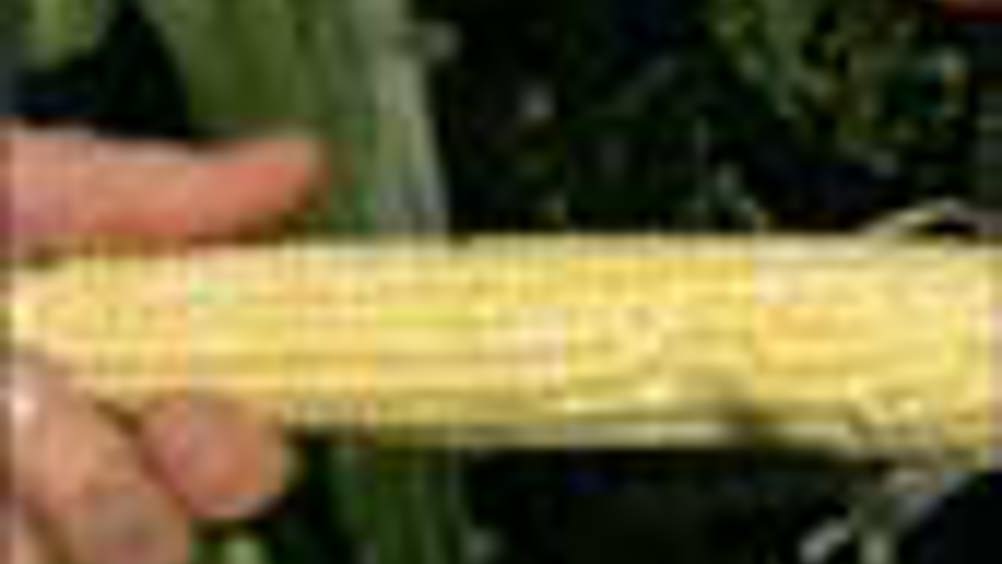Stover and above corn harvesting

Iowa State University researchers have produced a harvesting system that gathers stover, the plant waste left after harvesting a crop, whilst simultaneously collecting corncobs. Stover is proving a successful source for fuel ethanol production.
That dual-stream, single-pass harvesting system was developed by Stuart Birrell, an Iowa State associate professor of agricultural and biosystems engineering, and graduate students Mark Dilts and Ben Schlesser.
The researchers are developing stover attachments that can be used on standard combines. The result would be an additional cost to farmers of about $10,000 to $15,000 instead of the six figures it would take for a separate combine to harvest stover. The attachments would also allow farmers to harvest grain and stover with one pass through a field.
The system includes a modified row crop header and corn reel attached to the front of the combine and a chopper and blower attached to the back. The header and reel feed leaves and stalks into the combine so the biomass can be harvested before it touches the ground and is contaminated with soil. The chopper cuts stover into 2-inch pieces. And the blower throws the chopped stover into a wagon.
Register now to continue reading
Thanks for visiting The Engineer. You’ve now reached your monthly limit of news stories. Register for free to unlock unlimited access to all of our news coverage, as well as premium content including opinion, in-depth features and special reports.
Benefits of registering
-
In-depth insights and coverage of key emerging trends
-
Unrestricted access to special reports throughout the year
-
Daily technology news delivered straight to your inbox










Water Sector Talent Exodus Could Cripple The Sector
Maybe if things are essential for the running of a country and we want to pay a fair price we should be running these utilities on a not for profit...